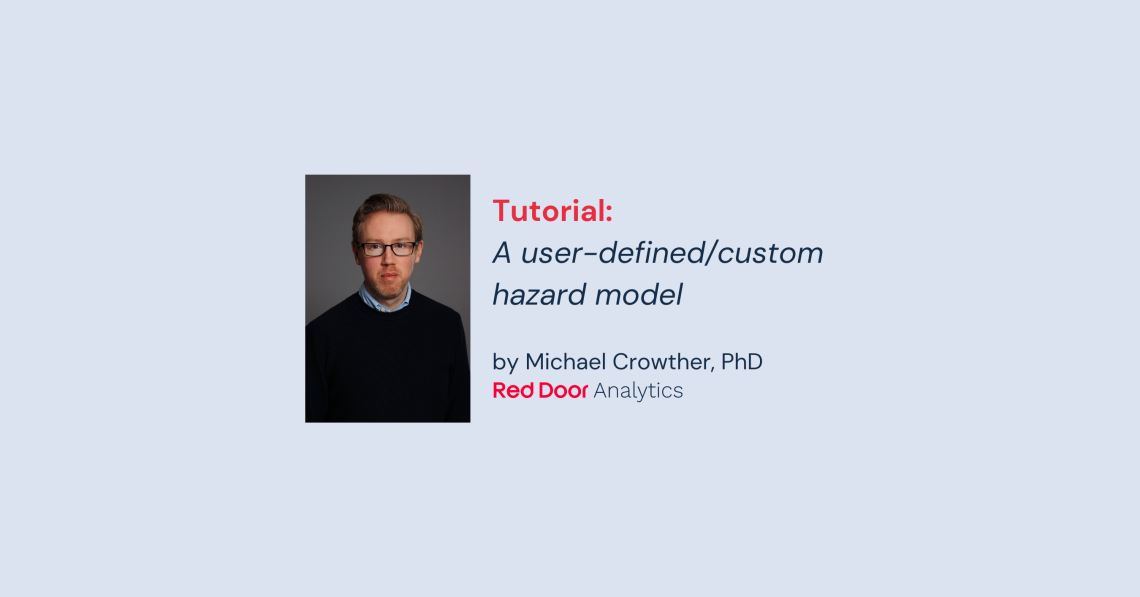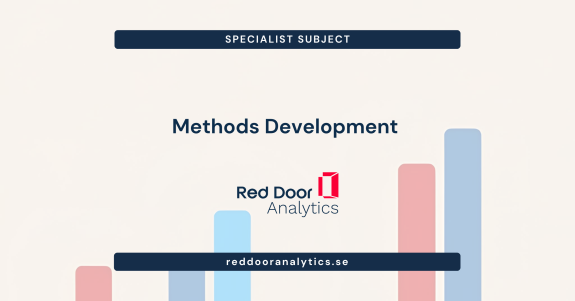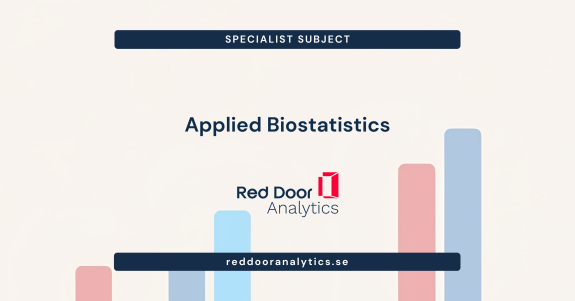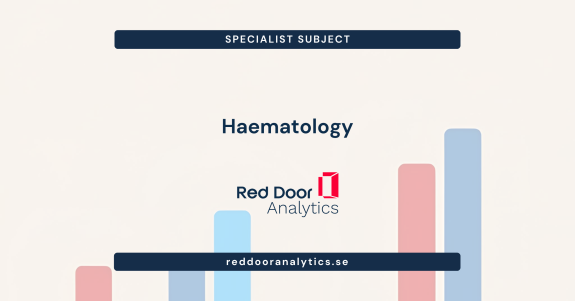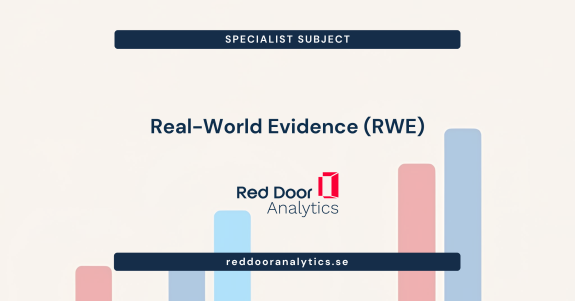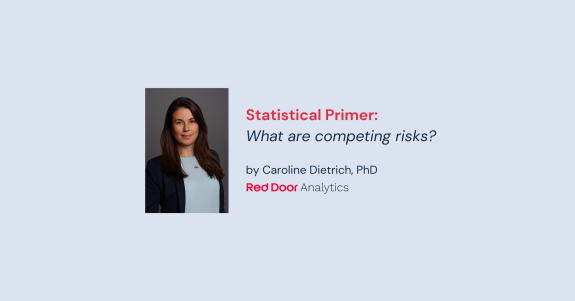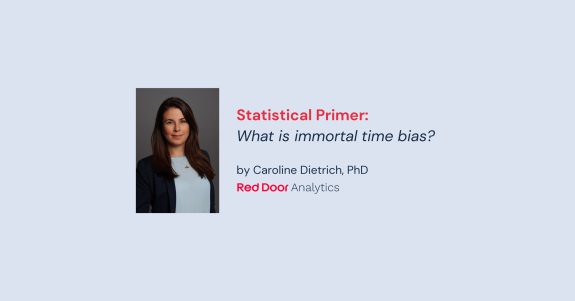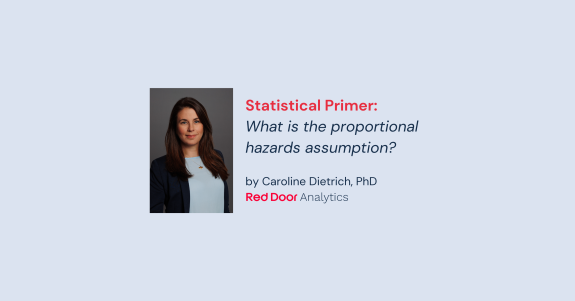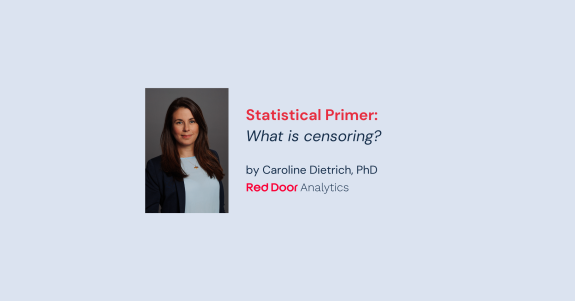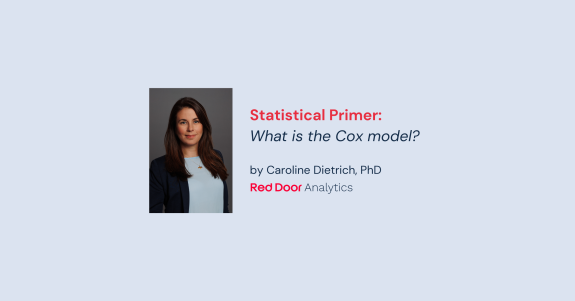This tutorial will illustrate some of the more advanced capabilities of merlin when modelling survival data, but with the aim of using an accessible example. During my PhD, Paul Lambert and I developed stgenreg in Stata for modelling survival data with a general user-specified hazard function, with the generality achieved by using numerical integration to calculate the cumulative hazard function i.e. the difficult bit in the likelihood (Crowther and Lambert 2013, 2014).
Defining a new model
Consider our standard proportional hazards model,
$$h(t) = h_{0}(t)\exp(X \beta)$$
Within a general hazard model, we can essentially specify any function for our baseline hazard function, subject to the constraint that \(h_{0}(t) > 0\) for all \(t > 0\). The easiest way to do this is to model on the log hazard scale. Let’s model our baseline log hazard function with fractional polynomials, such as,
$$\log h_{0}(t) = \gamma_{0} + \gamma_{1}t \gamma_{2}\log (t)$$
This model can be fitted using stgenreg, but with the introduction of merlin, we can do the same as stgenreg, and a whole lot more.
Coding it up
We’ll use the catheter dataset to fit some models.
. webuse catheter, clear
(Kidney data, McGilchrist and Aisbett, Biometrics, 1991)Our dataset consists of the following,
. list patient time infect age female in 1/6, noobs
+----------------------------------------+
| patient time infect age female |
|----------------------------------------|
| 1 16 1 28 0 |
| 1 8 1 28 0 |
| 2 13 0 48 1 |
| 2 23 1 48 1 |
| 3 22 1 32 0 |
|----------------------------------------|
| 3 28 1 32 0 |
+----------------------------------------+with patient our individual patient identifier, time is our time of infection at the catheter insertion point, infect is our event indicator with an event being an infection, age is patient age at baseline and female a binary indicator variable. We immediately see that patients can experience multiple infections, and so we have events nested within patients. For now, we will ignore this clustering.
To fit our model with fractional polynomials for our baseline log hazard function, we need to write a little Mata function which calculates and returns our hazard function. merlin has the capabilities to allow you to define your own likelihood function, or hazard and/or cumulative hazard function, instead of the inbuilt distributions. This is achieved by providing a suite of utility functions. See help merlin user for all the details and documentation. We’ll get straight to our function:
. mata:
------------------------------------------------- mata (type end to exit) --------
: real matrix userhaz(transmorphic gml, real colvector t)
> {
> real matrix linpred
> real colvector gammas
>
> linpred = merlin_util_xzb(gml)
> gammas = merlin_util_ap(gml,1)\merlin_util_ap(gml,2)
> return(exp(linpred :+ merlin_fp(t,(0,1)) * gammas))
> }
: end
----------------------------------------------------------------------------------Let’s go through it line by line. First thing to note is that we declare a chunk of Mata code within
mata:
endWe need to define a function, called whatever we like, in this case I’ll call it userhaz(), which returns a real matrix, and it’s going to have two inputs. The first is a transmorphic object called gml. This is the internal struct which contains all the information needed by merlin in the background. You shouldn’t attempt to alter its contents. The second argument is a real colvector which I’m calling t. This represents the vector of time points that we wish to calculate our hazard function at. Internally, our function will be called by merlin at both our core time variable, and our quadrature points needed to calculate the cumulative hazard, and therefore this second input is needed.
Next we declare some intermediate vectors/matrices that we’ll need. Explicit declaration of each object’s type is good programming practice and reduces the likelihood of errors.
real matrix linpred
real colvector gammasNow we call our first utility function merlin_util_xzb(), passing it the gml structure and also our time vector. This returns our main complex linear predictor, it’s as simple as that.
linpred = merlin_util_xzb(gml,t)Because we pass our time vector t, any time-dependent effects that we specify in our linear predictor, or calls to the elements EV[], dEV[] or iEV[] etc. (see the joint model examples with merlin), which may be time dependent, are automatically taken care of!
We then have two other ancillary parameters to handle, i.e. the coefficients of the fractional polynomial terms, which we extract using merlin_util_ap(gml,i) where i is the ancillary parameter number. In this case we have two extra parameters to estimate, so we build a column vector called gammas as follows,
gammas = merlin_util_ap(gml,1)\merlin_util_ap(gml,2)Finally we need to return our hazard function, which is done very simply,
return(exp(linpred :+ merlin_fp(t,(1,0)) * gammas))This makes use of the internal merlin_fp() function, which returns fractional polynomials, in this case an FP2 function with powers 1 and 0. In just a few lines of code we have defined our model framework, which can now be used with anything specified in the linear predictor when we fit our merlin models. This provides a very powerful modelling framework.
Let’s now fit a model using our userhaz() function. We can call merlin as follows,
. merlin (time age female, ///
> family(user, hfunc(userhaz) ///
> failure(infect) nap(2)))
Fitting full model:
Iteration 0: log likelihood = -7424
Iteration 1: log likelihood = -338.98462
Iteration 2: log likelihood = -335.04913
Iteration 3: log likelihood = -334.39269
Iteration 4: log likelihood = -334.39242
Iteration 5: log likelihood = -334.39242
Fixed effects regression model Number of obs = 76
Log likelihood = -334.39242
------------------------------------------------------------------------------
| Coefficient Std. err. z P>|z| [95% conf. interval]
-------------+----------------------------------------------------------------
time: |
age | .0035436 .0092129 0.38 0.701 -.0145134 .0216005
female | -.8639103 .2920078 -2.96 0.003 -1.436235 -.2915854
_cons | -4.081803 .6379746 -6.40 0.000 -5.33221 -2.831396
ap:1 | -.0310417 .1456652 -0.21 0.831 -.3165403 .2544568
ap:2 | -.0010321 .0017629 -0.59 0.558 -.0044872 .002423
------------------------------------------------------------------------------I’m telling merlin that I want to fit a model with a user defined family, and in particular I provide the name of the Mata function through hfunction(). The survival time variable and event indicator are declared as normal. I also tell it that there are 2 ancillary parameters to estimate through nap(2). In my linear predictor I’ve adjusted for age and female.
Endless extensions…
Given that we inevitably have correlation between events suffered by the same patient, we can now add in a random intercept at the patient level to account for this, by adding M1[patient]@1
. merlin (time age female ///
> M1[patient]@1, ///
> family(user, hfunc(userhaz) ///
> failure(infect) nap(2)))
Fitting fixed effects model:
Fitting full model:
Iteration 0: log likelihood = -336.03458
Iteration 1: log likelihood = -330.8822
Iteration 2: log likelihood = -330.0283
Iteration 3: log likelihood = -329.82039
Iteration 4: log likelihood = -329.81922
Iteration 5: log likelihood = -329.81923
Mixed effects regression model Number of obs = 76
Log likelihood = -329.81923
------------------------------------------------------------------------------
| Coefficient Std. err. z P>|z| [95% conf. interval]
-------------+----------------------------------------------------------------
time: |
age | .0077964 .0139772 0.56 0.577 -.0195984 .0351912
female | -1.655001 .5303999 -3.12 0.002 -2.694565 -.6154359
M1[patient] | 1 . . . . .
_cons | -4.649168 .9124864 -5.10 0.000 -6.437609 -2.860728
ap:1 | .2143389 .2014649 1.06 0.287 -.1805251 .6092029
ap:2 | .000749 .00213 0.35 0.725 -.0034258 .0049238
-------------+----------------------------------------------------------------
patient: |
sd(M1) | .9374698 .28642 .5151034 1.706162
------------------------------------------------------------------------------This gives us a standard deviation for the random intercept of \(\sigma = 0.937\), indicating substantial heterogeneity between patients.
We can investigate non-proportional hazards, for example in the effect of age as follows, remembering to add the timevar() option,
. merlin (time age age#fp(time, powers(0)) ///
> female M1[patient]@1, ///
> family(user, hfunc(userhaz) ///
> failure(infect) nap(2)) ///
> timevar(time))
variables created for model 1, component 2: _cmp_1_2_1 to _cmp_1_2_1
Fitting fixed effects model:
Fitting full model:
Iteration 0: log likelihood = -274.64296
Iteration 1: log likelihood = -270.67862 (not concave)
Iteration 2: log likelihood = -270.42118
Iteration 3: log likelihood = -269.14092
Iteration 4: log likelihood = -269.09187
Iteration 5: log likelihood = -269.07631
Iteration 6: log likelihood = -269.07693
Iteration 7: log likelihood = -269.07687
Iteration 8: log likelihood = -269.07687
Mixed effects regression model Number of obs = 76
Log likelihood = -269.07687
------------------------------------------------------------------------------
| Coefficient Std. err. z P>|z| [95% conf. interval]
-------------+----------------------------------------------------------------
time: |
age | .3845644 .0681264 5.64 0.000 .2510392 .5180896
age#fp() | -.0850253 .0148071 -5.74 0.000 -.1140466 -.0560039
female | -1.805518 .6942804 -2.60 0.009 -3.166283 -.4447536
M1[patient] | 1 . . . . .
_cons | -19.06474 3.331674 -5.72 0.000 -25.5947 -12.53478
ap:1 | 3.816654 .8011637 4.76 0.000 2.246402 5.386906
ap:2 | -.0036826 .0028632 -1.29 0.198 -.0092944 .0019292
-------------+----------------------------------------------------------------
patient: |
sd(M1) | 1.289988 .4326155 .6685336 2.489132
------------------------------------------------------------------------------I’ve formed an multiplicative interaction between age and \(\log(t)\) by using the # notation, using the fp() element.
There’s a lot more we can do of course – the use of fractional polynomials is merely an example, since within our Mata function, we can utilise anything we like. This example has hopefully set the scene for revealing some of merlin‘s more advanced capabilities.

